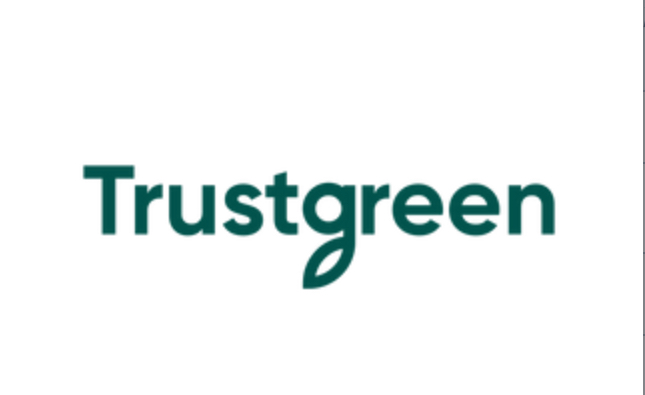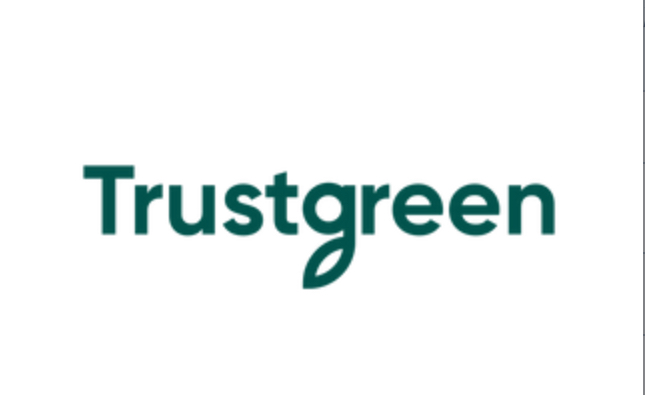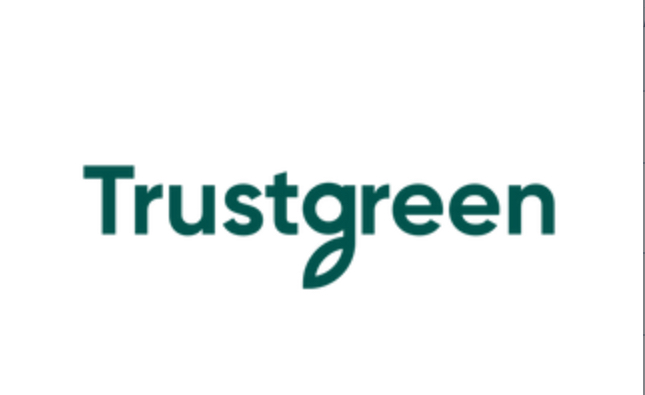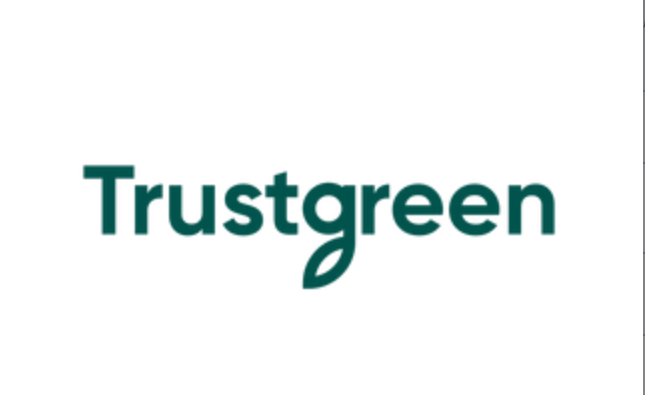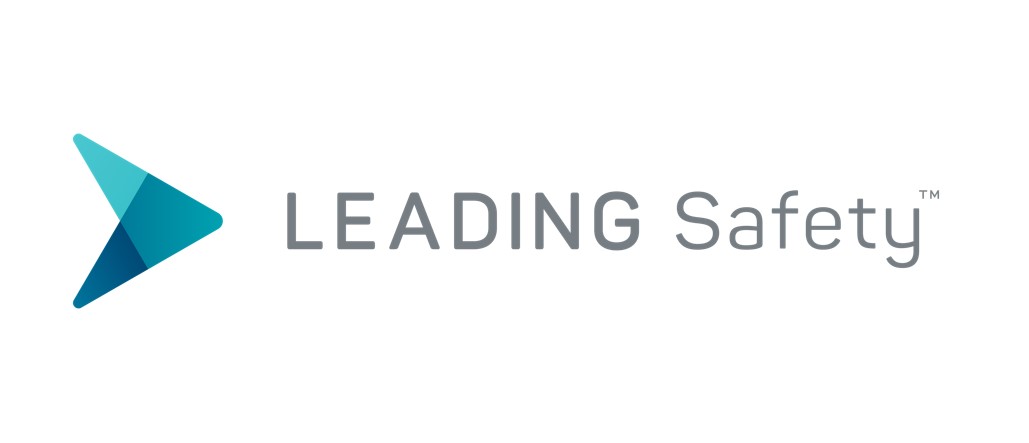Title Page
Location review
-
Site
-
Date and Time of completion
-
Person completing inspection
Supporting team member
-
Add name of team member
Instructions
-
Completing this checklist will assist in making our site a safe place to work by identifying hazards, developing actions to address them and ensuring that hazards are controlled. While this is a bi-monthly activity, Team Members are to be encouraged to report any hazard to their Line Manager immediately.
What is a Location Review?
-
This is a comprehensive checklist that helps to identify and fix hazards at your site.
The content has been developed for Beaumont Tiles and may be varied from time to time to reflect changes in the our risk register, business needs or from feedback from audits, legislative changes and incident trends.
When do you complete a Location Review?
-
The inspection is to be completed as outlined within the Safety Activity Calendar as circulated by the Quality, Safety, Health and Environment Team.
How do you complete a Location Review?
-
Walk through the site looking at each section and consult with Team Members in each area.
This information will help focus attention on areas that still need improvement. For example, if outstanding electrical hazards were previously identified, then greater attention should be given to the electrical section during completion of the inspection.
Photos can be used and included as part of the review where it adds value (e.g. action required or good standards in place).
Where the checklist requires you to question Team Members, write down the names of those you spoke to.
After reviewing an item in the checklist, select the applicable answer using the following categories.
Y Satisfactory - Complies with the requirements
N Not Satisfactory - Action required (using the Actions icon)
NA Not Applicable - Question is not applicable to site
Other - Other responses may be included for some questions
Where standards are not in place, an action will be required by the system to address for site to close out.
What to do if a Hazard cannot be controlled immediately?
-
Complete any interim actions to make area safe (i.e. If a fire door is blocked by objects have the objects moved immediately).
For high risk concerns inform the site manager for appropriate actions to be put in place.
Any maintenance related issues should be recorded via the approved maintenance process.
Inspection Actions / Note / Photos
-
Use the Actions icon to:
Generate an iauditor action to control the hazard
Close out the action under the Actions tab in iauditor
Use the Note icon to:
Describe any further relevant details about the hazard
Use the Photos icon to: Capture an relevant photos about the hazard
Filing
-
A copy of the report is maintained within the inspections tab.
Each site can complete an Location Review at any stage.
Location Review
Location Review
-
Is your site a retail or warehouse site
Safety Processes
-
Is the First Aid Kit regularly checked and product in date
-
Are the Fire Warden details displayed and up to date on the Safety Noticeboard
-
Are the Fire Warden details displayed
-
Are HI-Vis clothing, gloves and safety boots available and compliant for all Team Members
Emergency Response
-
Have the Fire Extinguishers been checked by a contractor within the last 6 months
-
Are the Fire Extinguishers and Emergency Doors free from obstruction
-
Are the Emergency Exit Lights working
Storage and General Housekeeping
-
Is there sufficient storage, allowing for everything to have a place and everything in it's<br>place
-
Are all stackers and shelves stable (Note: The stackers can become loose if the pins are not placed correctly).
-
Is all rubbish controlled, without overflows, and with sufficient disposal cycle
-
Are all immediate work areas - per staff member - organised, hygienic, and free from<br>rubbish
-
Is there a wet floor sign or other identification of the hazard when floor is wet
-
How would you rate the level of Safety & Cleanliness of the site
- High level of safety & cleanliness
- Good level of safety & cleanliness
- Fair level of safety & cleanliness
- Poor level of safety & cleanliness
Plant Racking
-
Do you have pallet racking in your site
-
Is there any visual damage to racking that has not been reported and required action taken
-
Are all pallets locked in
-
Are all Pallets in good repair
-
Are all pallets strapped in accordance with the Safety Habit procedure
-
Does each run of pallet racking have a safe working Load-Sign (weight requirements) in<br>place
Forklift Safety
-
Do you have Forklifts at your site
-
Do all staff have a current forklift operator’s licence? (review licenses and expiry dates). (Note: If you answer no, please notify your area manager immediately. All operators must also hold a current, valid drivers license)
-
Is the forklift gas stored securely to prevent falls, and away from potential collisions and<br>ignition sources
-
Do employees adhere to traffic management rules e.g; stop at a stop sign, beep horn? (Sight two (2) employees)
-
Is a 3 meters distance maintained between Forklifts and Pedestrians at all times
Building and Infrastructure
-
Are the stair hand rails and stair treads in good condition
-
Are all entries, walkways & stairs clear from obstruction
-
Are the roller doors in good working order
External
-
Are there any uneven surfaces in or around the building, including unsafe cracks or pot holes in the ground surface
-
Is product stored safely outside, away from walkways and entry doors
-
Are empty pallets stacked away from the building in a safe area
-
Are all immediate work areas - per staff member - organised, hygienic, and free from<br>rubbish
-
Is there a wet floor sign or other identification of the hazard when floor is wet
Electrical
-
Has all electrical equipment been tested and tagged within the last 12 months
-
Are all lights in working order
-
Are all power boards single use? (no piggy backing of power boards)
-
Are all electrical boards / sockets free from damage
Additional hazards
-
Is there any other associated hazards not addressed (if applicable)
-
Outline the hazard identified.
-
List controls to address hazard.
-
Does this hazard need to be escalated to the Quality, Health, Safety and Environment Team (QHSE team).
-
Please escalate to the QHSE team.
Safety Processes
-
Is the First Aid Kit regularly checked and product in date
-
Are the Fire Warden details displayed and up to date on the Safety Noticeboard
-
Are the Fire Warden details displayed
-
Are HI-Vis clothing, gloves and safety boots available and compliant for all Team Members
Emergency Response
-
Have the Fire Extinguishers been checked by a contractor within the last 6 months
-
Are the Fire Extinguishers and Emergency Doors free from obstruction
-
Are the Emergency Exit Lights working
Storage and General Housekeeping
-
Is there sufficient storage, allowing for everything to have a place and everything in it's<br>place
-
Are all stackers and shelves stable (Note: The stackers can become loose if the pins are not placed correctly).
-
Is all rubbish controlled, without overflows, and with sufficient disposal cycle
-
Are all immediate work areas - per staff member - organised, hygienic, and free from<br>rubbish
-
Is there a wet floor sign or other identification of the hazard when floor is wet
-
How would you rate the level of Safety & Cleanliness of the site
- High level of safety & cleanliness
- Good level of safety & cleanliness
- Fair level of safety & cleanliness
- Poor level of safety & cleanliness
Pallet Racking
-
Is there any visual damage to racking that has not been reported and required action taken
-
Are all pallets locked in
-
Are all Pallets in good repair
-
Are all pallets strapped in accordance with the Safety Habit procedure
-
Does each run of pallet racking have a safe working Load-Sign (weight requirements) in<br>place
Pallet storage
-
Are all pallets in floor locations stored correctly and at a safe height, as per below SOP. (Both Inside and Outside on Hardstand Bulk Floor Pallet Stacking (Non Euro Pallets) The safe stacking of loaded pallets requires full pallets with level top surface and each pallet must have all four corners securely on the pallet below. Where packing integrity is compromised, the pallets must not be used in floor stacking unless repacked and securely strapped. The levels of stacking capability are based on common principals. Provided the Pallets are firmly packed and boxes vertical the following may help as a guide: Single row of tiles on pallet ‐ up to 5 high 2 rows of tiles on pallet ‐ up to 4 high 3 or more rows of tiles ‐ up to 3 high Any NCIA pallets over 1800kgs should be only 3 high. Any import pallets over 1800kgs should only be 2 high The overriding Rule is that if a loaded pallet appears unsafe then it must re-strapped and/or be placed on a safe pallet before any movement or storage activity).
- Yes, all pallets comply
- No, there is 1 Pallet that does not comply
- No, there are more than 1 pallet that does not comply
-
Does every Euro Pallet in your Warehouse comply with the below SOP. (Euro Pallet SOP Preferred Method is in Racks on Secondary Pallet or Mesh Deck If Stacked against a dead end wall we can go 4 high (Excludes any 300 x 1200 and 600 x 1200. These are not a solid base for Block Stacking more than 2 high) If on Floor without Dead End Aisle: * Stacked with at least 500mm between them and other pallets * Stacked no higher than 2 pallets High)
- Yes, all pallets comply
- No, there is 1 Pallet that does not comply
- No, there are more than 1 pallet that does not comply
-
Are all tiles & other products, in racking secured to the pallet and safe from falling (This includes loose tiles)
- Yes, all goods in racks are safe & secure
- No, there is 1 pallet that has unsecured goods
- No, there are more than 1 pallet that has unsecured goods
-
How would you rate the level of Safety & Cleanliness for all rack & picking locations, plus all racking & floor aisles
- High level of safety & cleanliness
- Good level of safety & cleanliness
- Fair level of safety & cleanliness
- Poor level of safety & cleanliness
Forklift Safety
-
Do you have Forklifts at your site
-
Do all staff have a current forklift operator’s licence? (review licenses and expiry dates). (Note: If you answer no, please notify your area manager immediately. All operators must also hold a current, valid drivers license)
-
Is the forklift gas stored securely to prevent falls, and away from potential collisions and<br>ignition sources
-
Do employees adhere to traffic management rules e.g; stop at a stop sign, beep horn? (Sight two (2) employees)
-
Is a 3 meter distance or more maintained between Forklifts and Pedestrians at all times
Building and Infrastructure
-
Are the stair hand rails and stair treads in good condition
-
Are all entries, walkways & stairs clear from obstruction
-
Are the roller doors in good working order
External
-
Are there any uneven surfaces in or around the building, including unsafe cracks or pot holes in the ground surface
-
Is product stored safely outside, away from walkways and entry doors
-
Are empty pallets stacked away from the building in a safe area
-
Are all immediate work areas - per staff member - organised, hygienic, and free from<br>rubbish
-
Is there a wet floor sign or other identification of the hazard when floor is wet
Electrical
-
Has all electrical equipment been tested and tagged within the last 12 months
-
Are all lights in working order
-
Are all power boards single use? (no piggy backing of power boards)
-
Are all electrical boards / sockets free from damage
Additional hazards
-
Is there any other associated hazards not addressed (if applicable)
-
Outline the hazard identified.
-
List controls to address hazard.
-
Does this hazard need to be escalated to the Quality, Health, Safety and Environment Team (QHSE team).
-
Please escalate to the QHSE team.
Team Member Questionnaire
TEAM MEMBER QUESTIONNAIRE
-
Date Completed:
-
Completed by:
-
Interviewer is to ask 2 Team Members to respond to each of the following questions.
Slide the bar in accordance with their answers:
4 = Over and Above Knowledge
3 = Good Knowledge
2 = Basic Knowledge
1= No Knowledge
Interviewer is to provide coaching if Team Member scores Basic or No Knowledge when asked the question
Hazard Management
-
What would you do if you saw a spill on the floor?
-
Team Member 1:
-
1 (No Knowledge) | 2 (Basic Knowledge) | 3 (Good Knowledge) | 4 (Over and Above Knowledge)
-
Team Member 2:
-
1 (No Knowledge) | 2 (Basic Knowledge) | 3 (Good Knowledge) | 4 (Over and Above Knowledge)
-
Answer: ask someone to stand by the spill while I get a "Slippery When Wet" sign, then organise for the spill to be cleaned
Emergency Preparedness
-
Where is the site emergency assembly location and what is the system in place to alert of an emergency
-
Team Member 1:
-
1 (No Knowledge) | 2 (Basic Knowledge) | 3 (Good Knowledge) | 4 (Over and Above Knowledge)
-
Team Member 2:
-
1 (No Knowledge) | 2 (Basic Knowledge) | 3 (Good Knowledge) | 4 (Over and Above Knowledge)
-
Answer: Team Members know where the store's assembly area is located and can explain what type of system you use to alert of an emergency
Site Specific
-
Enter any site specific question here
-
Team Member 1:
-
1 (No Knowledge) | 2 (Basic Knowledge) | 3 (Good Knowledge) | 4 (Over and Above Knowledge)
-
Team Member 2:
-
1 (No Knowledge) | 2 (Basic Knowledge) | 3 (Good Knowledge) | 4 (Over and Above Knowledge)
-
Enter the site specific answer here
Feedback
-
Rate your experience with this form and iAuditor today
-
Optional: Please enter feedback on your experience and add any ideas to help us improve






